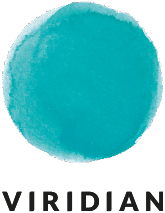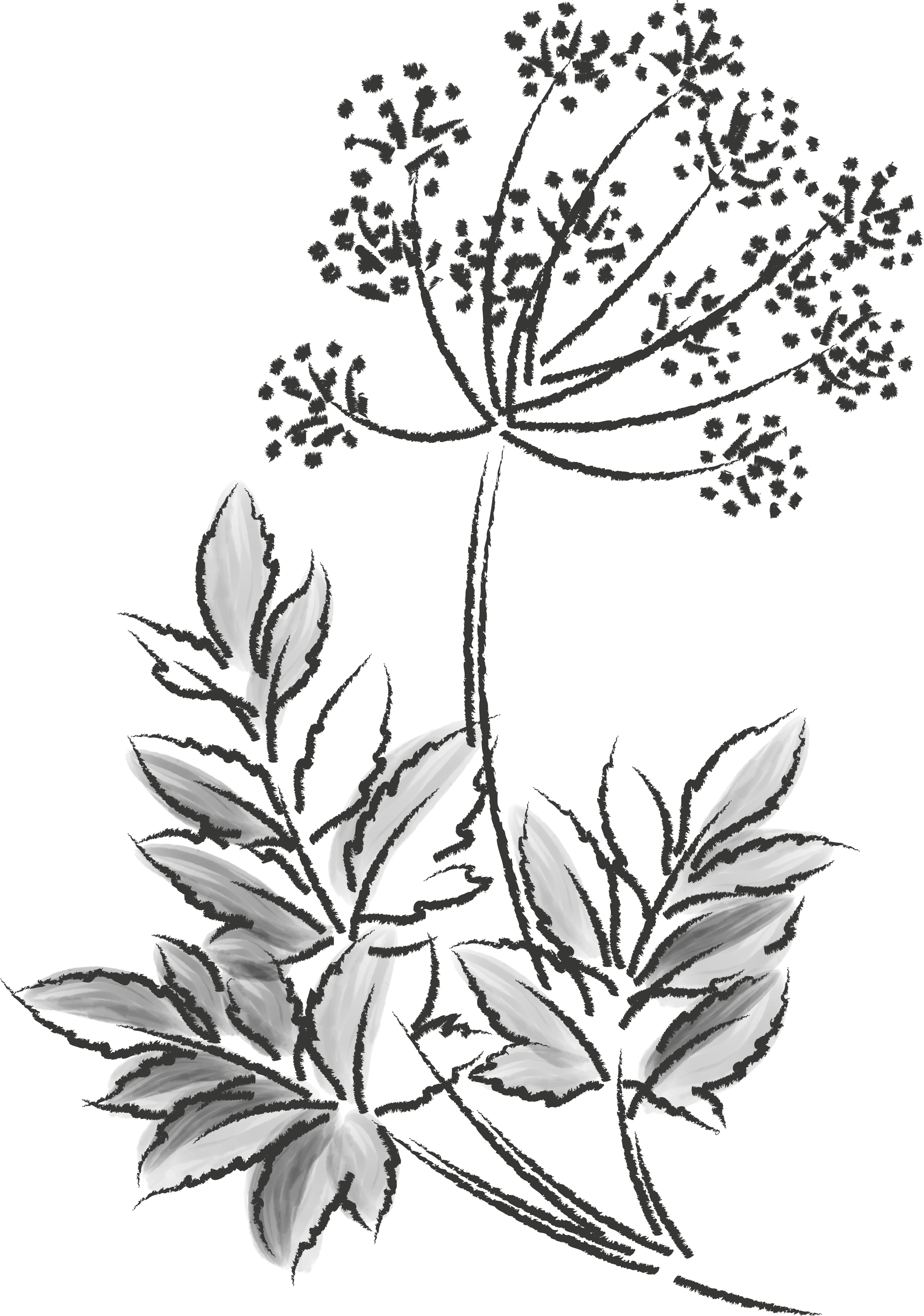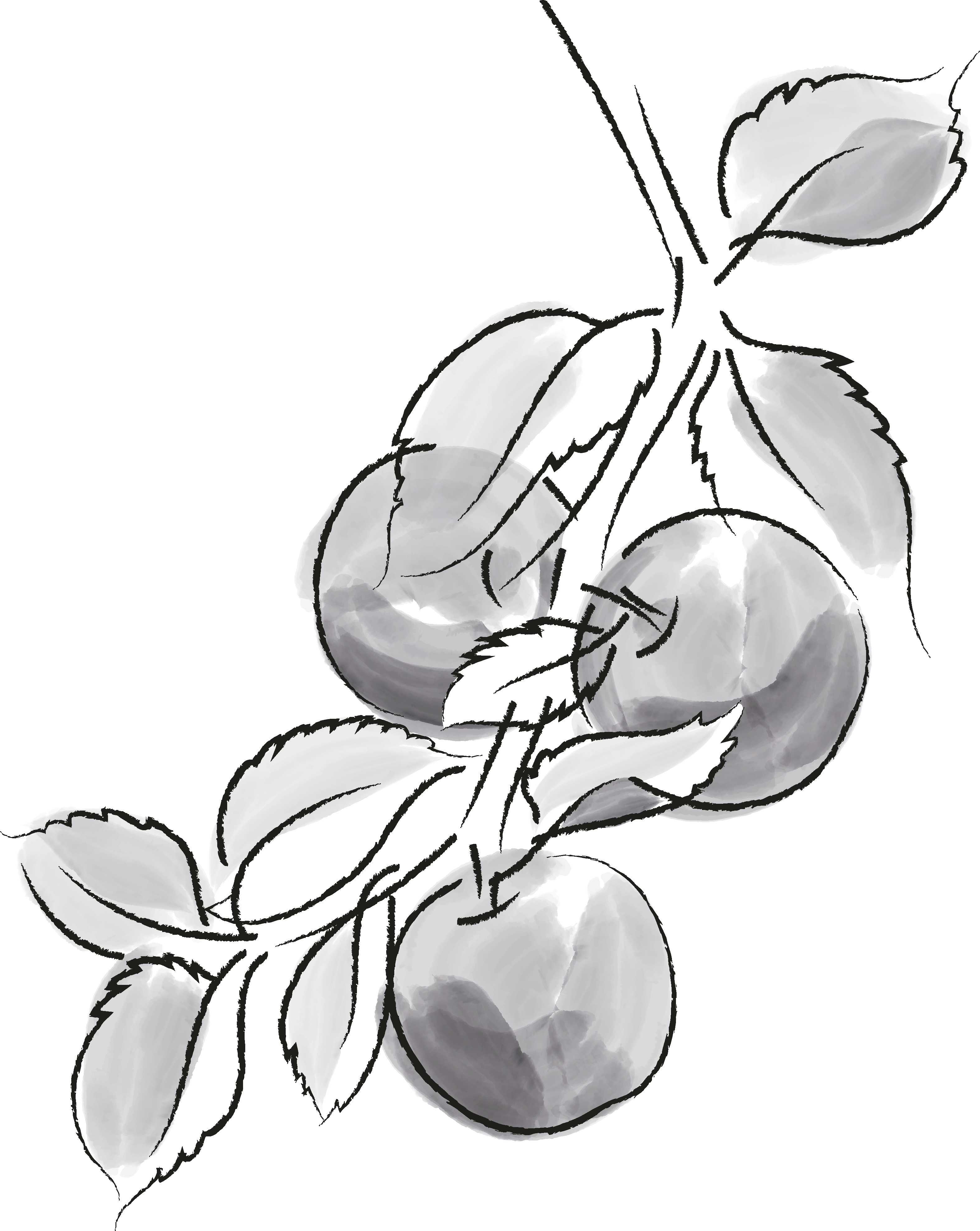
Did you know there are several herbs that specifically support women’s health and wellbeing? From managing symptoms associated with the menopause, urinary tract infections to reproductive health - we turn to Mother Nature to see how her earthly offerings can give a helping hand to womanhood.
The use of plants has been used for healing purposes and forms the origin of much modern medicine. Herbs have shown to be useful for their anti-inflammatory, haemostatic, antispasmodic and immunostimulatory properties for individual body systems and health conditions.
Consuming herbs for health may help to prevent and manage health complications that many females experience, including menstruation, menopause, urinary tract infections, pregnancy and osteoporosis. Here is our guide to six of the herbs for women’s health.
Sage
Sage is an herb known for its strong herbal aroma and earthy flavour, it is often used medicinally and as an ornamental plant.
How does sage benefit women’s health?
- Menopause - Phytoestrogens are plant derived non-steroidal oestrogens that are far milder than human derived oestrogen. Research suggests sage exerts mild phytoestrogenic properties, which could suggest why sage has been used as a remedy for menopausal symptoms, such as flushing, night sweats, heart palpitations muscle and joint pain, anxiety, depression, sleep disorders and sexual desire. A study of 71 participants over the age of 56 who were menopausal for at least 12 months and with at least five flushes daily were recruited and treated once daily with fresh sage leaves for 8 weeks. Conclusion of the results showed that the total number of hot flushes per day significantly decreased from week 1 to 8 1.
- Cognition – It is common for females to experience brain fog, and loss of memory during the peri-menopause and menopause. Sage was researched in a study to demonstrate its encouraging benefits on memory and attention in older adults in a trial using doses of 167 to 1332mg of sage extract. Results revealed a significant development of secondary memory performance as well as accuracy of attention 2.
Cranberry
The cranberry is a small hard, round, red fruit which can taste rather bitter and sour. Cranberries are native to North America and are often consumed in the form of a sauce or juice.
How do cranberries benefit women’s health?
- Urinary Tract Infections - Urinary tract infections (UTI) are common in women, with many women experiencing more than one infection during their lifetime. A risk factor specific to women for being at a higher risk of developing a UTI is because a woman has a shorter urethra than a man does, this shortens the distance that the bacteria must travel to reach the bladder. Cranberries are well known for preventing UTIs, E. coli being the most common bacterial cause of UTIs. A review of studies involving women aged over 18 years with a history of UTIs were involved in comparing cranberry intervention to a placebo or control. Results from review showed cranberry reduced the risk of UTI by 26% 3.
- Skin - Cranberries may help to minimize the visible signs of ageing, hyperpigmentation and loss of elasticity. Cranberries are a rich source of several vitamins and minerals, specifically vitamin C – a potent antioxidant. Antioxidants help scavenge free radicals from the body cells and prevent or reduce damage that is caused by oxidation 4. Oxidative stress occurs when there is an imbalance between the production of free radicals and antioxidants in the body. It plays a major role in the ageing process. Oxidative stress can lead to chronic inflammation, and cause collagen fragmentation and inefficiency of collagen fibres and skin cell functions.
Saffron
Saffron is a spice which originates from a flower called crocus sativus, often known as the “saffron crocus”.
How does saffron benefit women’s health?
- Mental health - Saffron has a long history of use for improving mental health, including depression, anxiety and premenstrual syndrome. A number of possible mechanisms of action may explain the mental health benefits of saffron including, improvements in the action of the neurotransmitter serotonin, enhancement of brain functions such as memory and learning, antioxidant effects, and protecting the brain against the damaging effects of chronic stress.
- Major depressive disorder - Major depressive disorder (MDD) is a well-known mood disorder that can require long-term treatment. A number of clinical trials have suggested saffron as an alternative remedy to anti-depressant medication. Researchers concluded saffron was effective for treating MDD and had comparable efficacy to synthetic anti-depressants and that it could be considered as an alternative to anti-depressants or cognitive behavioural therapy 5.
- Stress related eating - A group of overweight women consumed saffron as potential treatment for stress related eating. After eight weeks, saffron exerted beneficial effects on the women and resulted in a significant decrease in body weight and snacking frequency compared to placebo 6.
Shatavari
Shatavari is a species of asparagus that is native to India and the Himalayas. It is a general tonic and female reproductive tonic high in isoflavones.
How does shatavari benefit women’s health?
- Menopause & Menstruation - Shatavari has been used in menopause as an antispasmodic, against menstrual cramps and as a uterine tonic, helping to regulate uterine function during different stages of the menstrual cycle.
- Osteoporosis - Shatavari exerts oestrogenic mechanisms. In a study, women in the treatment group received 6g of shatavari per day for 10 weeks, the results showed a significant reduction in bone loss and an increase in bone formation was seen compared to those in the placebo group 7.
Olive leaf
Olive leaf is native to the Mediterranean regions. Its leaves are elongated and dusky green on top and silvery underneath in addition to its green blue-black fruit which produces a nutritionally dense oil.
How does olive leaf benefit women’s health?
-
Antioxidant – Olive leaf has exerted deposition of calcium ions in osteoblastic (bone build up) cells and inhibit osteoclastic (bone break down) cells. Studies suggest a potential protective effect of oleuropein in osteoporosis.
A study of premenopausal and postmenopausal women received 250mg of olive leaf extract, blood samples were taken and ferric reducing antioxidant ability, and malondialdehyde (MDA) levels were measured in plasma. MDA is a frequently used biomarker of oxidative stress in many health conditions. Results from the study suggest that postmenopausal women could be a beneficial target for the intake of olive phenolics to prevent age-related and oxidative stress-related processes such as osteoporosis 8. - Glycaemic effects – Supplementation with olive leaf has shown benefits of improved glucose homeostasis. A study on male and female type 2 diabetics were given 500mg of supplemental olive leaf extract or a placebo for 14 weeks. The study concluded that there was a significant reduction in fasted HbA1c (a measure of blood sugar) in the group treated with 500mg olive leaf extract 9.
- Cardio protective – Olive leaf contains an important active compound known as oleuropein, which has been shown to decrease blood pressure and dilate the coronary arteries surrounding the heart. This active compound has also been shown to inhibit the oxidation of LDL cholesterol.
Artichoke leaf
Artichoke leaves are derived from artichoke plants and they are native to southern Europe and northern Africa. The extracts include the leaf, stem and root which contain higher concentrations of phytonutrients found naturally in the plant.
How does artichoke leaf benefit women’s health?
-
Cholesterol and blood sugar levels – Studies have shown artichoke lowers blood sugar levels and reduces elevated blood cholesterol and triglyceride levels.
A study of 96 women were randomised to receive either 1,800mg artichoke leaf extract or placebo daily for six weeks. Patients selected for the study were between 18 and 70 years with elevated cholesterol levels. Results identified a mean reduction of total cholesterol by 18.5% for those who were treated with artichoke leaf extract and 8.6% for the placebo group 10.
Other benefits of artichoke leaf include:
- Digestive tonic & prebiotic – Artichoke is a rich source of fructooligosaccharides (FOS) a form of non-digestible fibre. Artichoke also contains levels of inulin a soluble fibre found in the root of chicory plants and artichoke. Both inulin and FOS occur naturally in artichoke and they are effective prebiotics that stimulate the growth of intestinal bifidobacterial.
- Immune supportive – Prebiotics and beneficial bacteria help promote good gut health by enhancing gut associated lymphoid tissue (GALT). GALT is the critical protective immune system in the gastrointestinal tract (GI). It consists of immune cells and is responsible for managing the immune response and protecting against invading pathogens 11.
- Weight control – Artichoke improves colonic function along with improved blood sugar control and reduced triglyceride levels help to normalise body weight.
- Mineral absorption – FOS may promote intestinal absorption of iron, calcium, and magnesium and therefore prevent anaemia and loss of bone density. Moderate doses have shown to improve intestinal magnesium absorption and status in postmenopausal women.
There are many herbal supplements available which can be considered to support female health. When choosing herbal supplements always choose high quality supplements which contain 100% active ingredients, no binders or fillers.
It is important to keep in mind that some herbal supplements can interact with prescribed medications, so it is essential you speak with a healthcare professional before using any.
Author: Rupinder Dhanjal is a Technical Advisor at Viridian Nutrition. She holds a BSc in Nutrition and Health.References
1 S.Bommer., P.Klein & A.Suter (2011) First time proof of sage’s tolerability and efficacy in menopausal women with hot flushes. Advances in therapy. 28. Pg 490-500.
2 Scholey AB, Tildesley NT, Ballard CG, Wesnes KA, Tasker A, Perry EK, Kennedy DO. An extract of Salvia (sage) with anticholinesterase properties improves memory and attention in healthy older volunteers. Psychopharmacology (Berl). 2008 May;198(1):127-39. doi: 10.1007/s00213-008-1101-3.
3 Fu, Z., Liska, D., Talan, D., and Chung, M. (2017) Cranberry reduced the risk of urinary tract infection recurrence in otherwise healthy women: A systematic review and meta-analysis. The Journal of Nutrition (12) 147, pg 2282-2288.
4 Zheng W, Wang SY. Oxygen radical absorbing capacity of phenolics in blueberries, cranberries, chokeberries, and lingonberries. J Agric Food Chem 2003 Jan 15;51(2):502-9 Sun J, Chu YF, Wu X, Liu RH. Antioxidant and antiproliferative activities of common fruits. J Agric Food Chem 2002 Dec 4;50(25):7449-54
5 Yang, X., Chen, X., Fu, Y et al (2019). Meta-anaylsis supports antidepressant activity of saffron. Neuropsychiatric Diseases and Treatment. 122. Pg 43.
6 Gout B., Bourges C., Paineau-Dubreuil S. Satiereal, a Crocus sativus L extract, reduces snacking and increases satiety in a randomized placebo-controlled study of mildly overweight, healthy women. Nutr Res. 2010 May;30(5):305-13.
7 Japee, J and Pandya. A Comparative Study on Shatavari and Kukkutanda Twak., M A. 3, s.l. : AYU, (2009) Vol. 30.
8 Villalba, R., Larrosa, M., Possemiers, S., Barberan, T., and Espin, J. (2014)/ Bioavailability of phenolics from an oleuropein-rich olive (Olea europaea) leaf extract and its acute effect on plasma antioxidant status: comparison between pre and postmenopausal women. European Journal of Nutrition. 53, pg 1015-1027.
9 Wainstein J et al 2012 Olive leaf extract as a hypoglycaemic agent in human diabetic subjects J Med Food 15(7):605-10
10 Wider, B., Pittler, M., Coon, J., and Ernst, E. (2013) Artichoke leaf extract for treating hypercholesterolaemia. Cochrane database of systematic reviews.
11 Sentongo, T., and Steinhorn, D (2006). Chapter 78 – Gastrointestinal Structure and Function. Pediatric Critical Care (Third Edition). Pg: 1227-1242
The information contained in this article is not intended to treat, diagnose or replace the advice of a health practitioner. Please consult a qualified health practitioner if you have a pre-existing health condition or are currently taking medication. Food supplements should not be used as a substitute for a varied and balanced diet.







